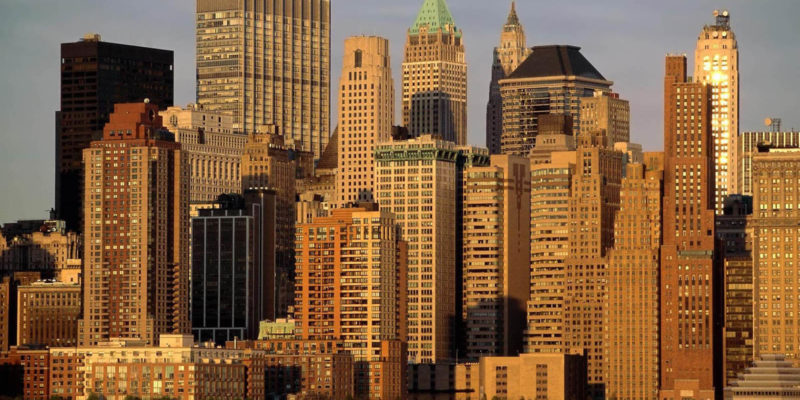
By D. Brent Sauser, AIA
June 28, 2021
2021 marks forty-two years since my graduation from architectural school at Arizona State University and thirty-eight years since receiving my first license to practi ce as an Architect. Architecture has taken me to South America, Europe, and every time zone of the United States to where I now reside in Central Florida. After so many years in the profession, I now have the benefit of time to assess how architecture has impacted our cities, states, and nation. I have concluded that Architects have (for the most part) provided a service for which we were trained, that is, creating buildings of various size and type. Regardless of where the project is located or when it was built, the common thread connecting them is a general disregard for community context. That may be because architects are taught to focus within the property lines. Outside the site
ce as an Architect. Architecture has taken me to South America, Europe, and every time zone of the United States to where I now reside in Central Florida. After so many years in the profession, I now have the benefit of time to assess how architecture has impacted our cities, states, and nation. I have concluded that Architects have (for the most part) provided a service for which we were trained, that is, creating buildings of various size and type. Regardless of where the project is located or when it was built, the common thread connecting them is a general disregard for community context. That may be because architects are taught to focus within the property lines. Outside the site boundaries are variables that lead to design limitations and diminishing returns for the owner. As a result, architects have chosen to ignore what goes on beyond the property lines and limit their efforts to within the specific site. That has been the pattern for over a hundred years. What are the consequences of this type of myopic approach to community development?
boundaries are variables that lead to design limitations and diminishing returns for the owner. As a result, architects have chosen to ignore what goes on beyond the property lines and limit their efforts to within the specific site. That has been the pattern for over a hundred years. What are the consequences of this type of myopic approach to community development?
Aside from building code requirements and where curb cuts, setbacks, and utilities are located, we don’t give much thought to the other side of the property line. Without any local governing regulations, we are unrestricted to design wit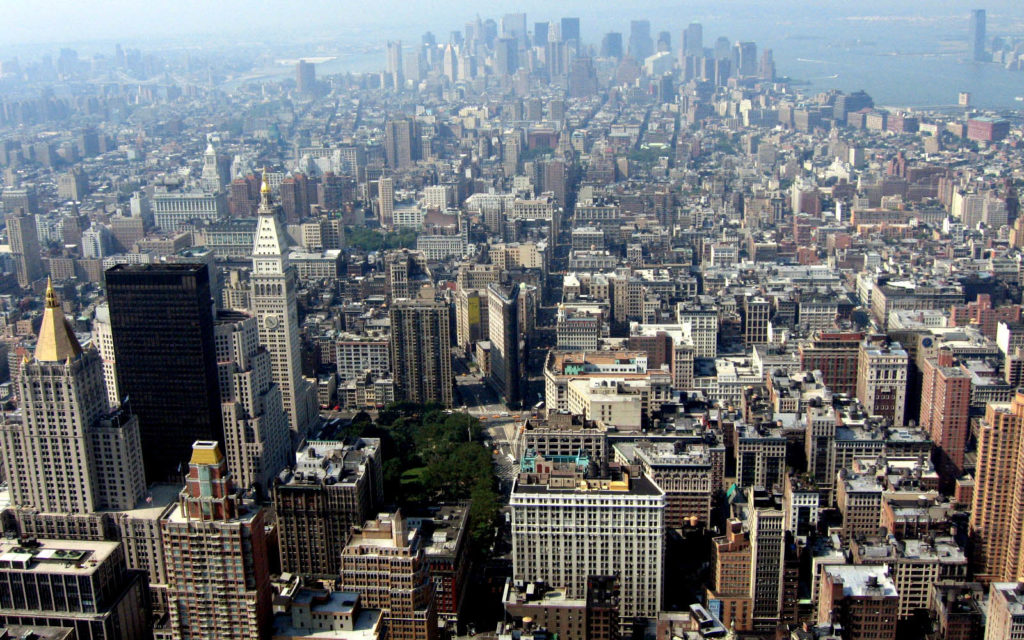 hout consideration of the immediate surroundings. Glossy renderings display our projects front and center with only a glimpse of what is beyond the property line. This process has been repeated over and over for decades. The result is what I choose to call, “The Warehouse Effect”. Hoping to achieve a utopia of beautiful architecture, much like a museum of well displayed art, we end up in the museum’s warehouse, with all architectural “gems” crammed together without regard to continuity or context, distinguished only by a catalog number. Instead of complementing each other they end up competing for attention. Absent any community master planning foresight, I see no end in sight. Architects will continue what they do best. But at what cost? Developing this country one parcel at a time has not resulted in the utopian community h
hout consideration of the immediate surroundings. Glossy renderings display our projects front and center with only a glimpse of what is beyond the property line. This process has been repeated over and over for decades. The result is what I choose to call, “The Warehouse Effect”. Hoping to achieve a utopia of beautiful architecture, much like a museum of well displayed art, we end up in the museum’s warehouse, with all architectural “gems” crammed together without regard to continuity or context, distinguished only by a catalog number. Instead of complementing each other they end up competing for attention. Absent any community master planning foresight, I see no end in sight. Architects will continue what they do best. But at what cost? Developing this country one parcel at a time has not resulted in the utopian community h oped for, but an unsightly collection of unrelated “stamps” in the national scrap book. When The Warehouse Effect gets out of control (i.e., New York, Chicago, Detroit, Baltimore, Los Angeles, Seattle, Portland, etc.), where extreme building density, concrete and asphalt replace grass, trees, and open space, shouldn’t architects shoulder a portion of accountability for assisting in the creation of unnatural environments; environments that contribute to crime, poverty, and social division? Ignor
oped for, but an unsightly collection of unrelated “stamps” in the national scrap book. When The Warehouse Effect gets out of control (i.e., New York, Chicago, Detroit, Baltimore, Los Angeles, Seattle, Portland, etc.), where extreme building density, concrete and asphalt replace grass, trees, and open space, shouldn’t architects shoulder a portion of accountability for assisting in the creation of unnatural environments; environments that contribute to crime, poverty, and social division? Ignor ing the issue or passing it off to others is no way to approach a solution.
ing the issue or passing it off to others is no way to approach a solution.
There must be a better way to build that not only satisfies the customer’s needs, but also provides an appropriate balance with the environment and community for the benefit of the family and individual. As professionals we need to stop talking about the problem and nibbling around the edges. We need to acknowledge that a better way for growth is possible and stand united in our commitment to promote and implement what I prefer to call Sustainable Architecture. This is a higher form of design that goes beyond the property line and above the bottom-line. Sustainable Architecture is the appropriate balance of environment, community, and family to assure a more productive, pleasant, and healthy way of life. Sustainable Architecture rises above the failed “bottom-line” and “dollar-driven” approach for development. The individual, family, and community are the beneficiaries of such an approach to growth, not profit alone. Large scale community master planning will help to enforce growth based on an overall plan that maintains a sense of community within a natural environment. The objective is to benefit the individual, the family, and community, not solely the owner’s bank account. Under this higher law of development, future developers will acknowledge the new priorities and build accordingly. Architects will be retrained to design within an established master plan that may seem restrictive at first, but in time will result in a more balanced environment for everyone. Will profitability be impacted? When compared with the failed bottom-line approach perhaps, but time will help to make the necessary adjustments in our expectations, while reaping the benefits of a much more organized, planned environment to live in.
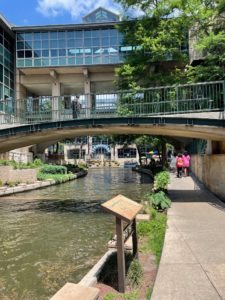
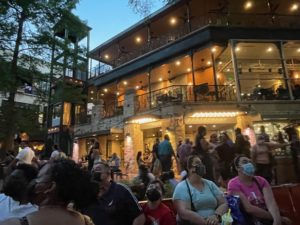
 Travelling across the United States I am encouraged to see varying attempts at Sustainable Architecture. For example, one needs only to see how the River Walk in San Antonio, Texas has not only created an attractive blend of building, community, and individual, but has resulted in an environment that welcomes millions of tourists a year, much to the financial benefit of the community and local government. When Sustainable Architecture is implemented, everybody wins. Regrettably, we have too many examples of The Warehouse Effect to be found in every corner of this country. How many tourists does Detroit attract, or downtown Baltimore? These places didn’t happen by accident. They happened based upon a failed approach to building. As architects, we let this happen! Now, what are we going to do about it? I believe Sustainable Architecture is the answer. Let’s get started!
Travelling across the United States I am encouraged to see varying attempts at Sustainable Architecture. For example, one needs only to see how the River Walk in San Antonio, Texas has not only created an attractive blend of building, community, and individual, but has resulted in an environment that welcomes millions of tourists a year, much to the financial benefit of the community and local government. When Sustainable Architecture is implemented, everybody wins. Regrettably, we have too many examples of The Warehouse Effect to be found in every corner of this country. How many tourists does Detroit attract, or downtown Baltimore? These places didn’t happen by accident. They happened based upon a failed approach to building. As architects, we let this happen! Now, what are we going to do about it? I believe Sustainable Architecture is the answer. Let’s get started!
![]()




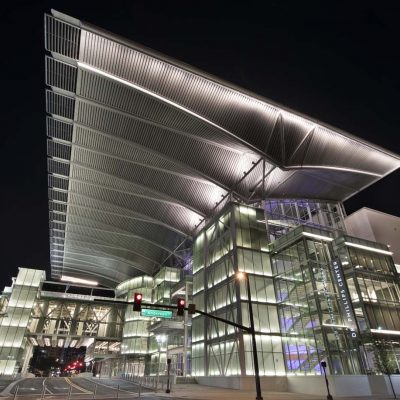





Your blog is a wonderful resource for anyone interested in learning about a variety of subjects. Thanks for all that you do.